Wanjiazhai Water Conservancy Scenic Area of the Yellow River
Wanjiazhai Water Conservancy Scenic Area of the Yellow River
Wanjiazhai Water Conservancy Project is located in the canyon of the north main stream of the Yellow River from Toketo to Longkou. It is the first of eight cascades planned and developed in the middle reaches of the Yellow River. It is also the starting point of the project of diverting the Yellow River from Shanxi Province to Jin. The left bank belongs to Pianguan County of Shanxi Province, and the right bank belongs to Zhungeer Banner of Inner Mongolia Autonomous Region. The dam site covers an area of 395,000 square kilometers, with a total reservoir capacity of 896 million cubic meters and a regulating reservoir capacity of 445 million cubic meters. It has comprehensive benefits of water supply, power generation, flood control and ice control.
Engineering constitution
Wanjiazhai Water Control Project is composed of dam, discharge structure, power plant, switch station and intake of Yellow River diversion.
Dam
The height of the dam top is 982 meters, the length of the dam top is 443 meters, the width of the dam top is 21 meters, the upstream slope is 1:0.15, and the downstream slope is 1:0.7. The volume of the dam is 1.5 million cubic meters; the dam is grouted into a whole at the transverse joints of the riverbed dam section below 915 meters elevation, and the bank slope dam sections are connected into a whole below 948 meters and 940 meters elevation respectively, so that when the interlayer shear zone and muddy interlayer are relatively concentrated, the stability against sliding can be improved with the help of adjacent dam sections.
Drainage structure
There are 8 bottom holes, 4 middle holes, 1 surface hole and 5 sand discharge holes. The bottom hole is a short pressure pipe type unconfined dam body discharge hole, which is arranged in the left side of the river bed 5-8 dam section. Each dam section has two holes, the size of the opening is 4 m *6 m, and the height of the entrance bottom sill is 915 M. It is mainly used for water and sediment regulation and reservoir scouring and silting. Energy dissipation is carried out at the end. When the reservoir water level is 970 meters, the total discharge is 5271 cubic meters per second. The mid-hole is a short pressure pipe type unconfined dam body discharge hole, which is arranged in the middle of the river bed of No. 9 and No. 10 dam sections. Each dam section has two holes, the size of the hole is 4 m *8 m, and the height of the entrance bottom sill is 946 M. It is operated by a flat gate and is mainly used for flood discharge, sediment discharge and drift discharge. At the end, the energy is dissipated by a pick-up flow, with a total discharge of 2156 cubic meters per second. The surface outlet is an open overflow weir, which is arranged in Section 4 on the left side. The net width of the outlet is 14 meters, and the height of the crest is 970 meters. It is responsible for drainage and discharge of excessive flood. When the reservoir water level is 980 meters, the discharge is 864 cubic meters per second. The sand discharge hole is a penstock in the dam, which is arranged in the dam section of No. 13-17 power station on the right side of the river bed. It is located below the intake of the power station and the elevation of the bottom sill of the inlet is 912 meters. The size of the inlet section is 2.4 m x 3.0 M. It has a flat overhaul gate and an accident gate, which is mainly used to reduce the sediment entering the power station.
Powerhouse
The intake elevation is 932 meters and the diameter of steel pipe is 7.5 meters. The main workshop is 196.5 meters long, 27 meters wide (upper part), 43.75 meters (lower part), 56.3 meters high. It is a factory building behind the dam. Six single-unit hydroelectric generating units with a capacity of 180,000 kW are installed. The rated water head is 68 meters, the maximum water head is 81.5 meters and the minimum water head is 51.3 meters.
220 kV indoor switching station
It is arranged on the platform between factories and dams with 9 intervals of GIS.
Yellow River Diversion Project into Jin Dynasty
There are two diversion tunnels at the head of the canal, with a diameter of 4 meters, a distance of 12 meters between the central lines of the tunnel, and a flow rate of 24 cubic meters per second for a single tunnel. The intake is arranged on the section 2 and 3 of the left bank of the dam. During the diversion period, the highest reservoir water level is 980 meters and the lowest reservoir water level is 957 meters. In order to ensure that the surface clean water can be drawn, the stratified water intake structure is adopted.
Engineering significance
Wanjiazhai Water Conservancy Project is located on the main stream of the Yellow River in Pianguan County, Shanxi Province, with a dam height of 90 meters and a dam length of 438 meters. It is a concrete gravity dam. The power station is installed with 108 million kilowatts and generates 2.75 billion kilowatt-hours of electricity annually. The reservoir capacity is 896 million cubic meters.
Wanjiazhai Water Conservancy Project is the key project of the Ninth Five-Year Plan of the state, the leading water source project of Shanxi Province, and the first stage of the cascade development plan of the middle reaches of the Yellow River. The main task of the project is to combine water supply with power generation for peak shaving, and at the same time, it has the functions of flood control and ice prevention. The project is located in the border area of Shanxi and Inner Mongolia, and the surrounding area is the national key energy and chemical base. Because of the serious soil erosion and water shortage in this area, the problem of water resources has become a restrictive factor for industrial and agricultural production, economic development and ecological environment improvement. At the same time, because the power grid in North China where the hub is located is mainly thermal power, there is a lack of hydropower peak shaving. Therefore, the construction of Wanjiazhai Water Conservancy Project will alleviate the shortage of water resources in Shanxi Province and its surrounding areas in the 21st century and optimize the energy structure of North China Power Grid, which is of great significance to promote the economic and social development of northwest and even northern areas.
The implementation of the water and soil conservation project of Wanjiazhai Water Conservancy Project has greatly improved the ecological environment of the construction area of the project.
Wanjiazhai is no longer a scene of "high sorrow, no tree and no bird's nest on the edge of the barren land". More than 80,000 square meters of green space and more than 100,000 Chinese pine and weeping willow plants are dotted with dam factories and living areas, and the slopes on both sides of the Yellow River. The barren mountains and barren mountains of the past are covered with green trees, and the chaotic beaches of the past have become beautiful green lawns. The builders of the project used their own hands to cultivate a grass and a tree, which merged with the sweat-poured dam, and drew a unique landscape for Wanjiazhai: flowers, pine and cypress evergreen, green hills and fields, emerald earth, tall dam, tall buildings, green waves.
After the completion of Wanjiazhai Project, the operation of the reservoir adopts the operation mode of "storing, clearing and discharging waste water". It can supply 1.4 billion cubic meters of water to Inner Mongolia and Shanxi Province annually, 200 million cubic meters to Zhungeer Banner of Inner Mongolia, and 1.2 billion cubic meters of water from Wanjiazhai Junction for the Yellow River Diversion Project into Jin. Among them, 560 million cubic meters are supplied to Pingshuo and Datong of Shanxi Province and 640 million cubic meters to Taiyuan. 。 After completion, it can provide peak load regulation capacity for North China power system, which mainly consists of thermal power, and play an important role in improving the operation conditions of North China power grid.
Engineering honor
Wanjiazhai Water Conservancy Junction Co., Ltd. was awarded the title of "National Advanced Unit for Soil and Water Conservation and Ecological Environment Construction" by the Ministry of Water Resources.

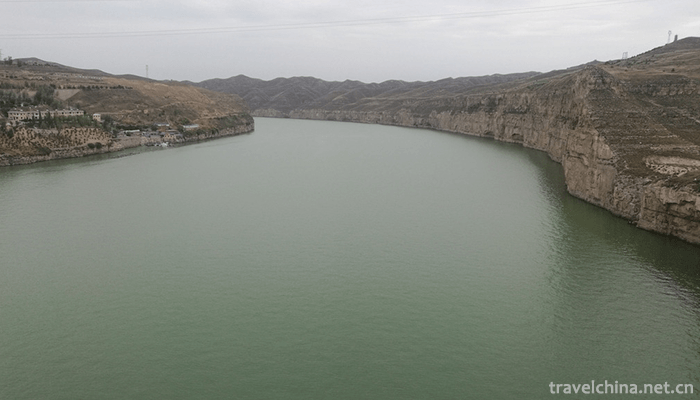
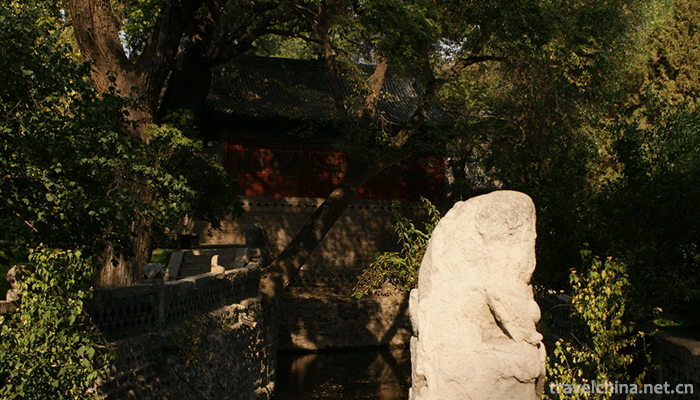
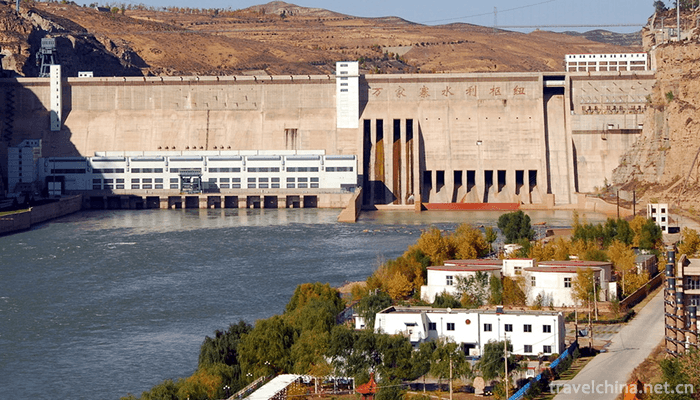
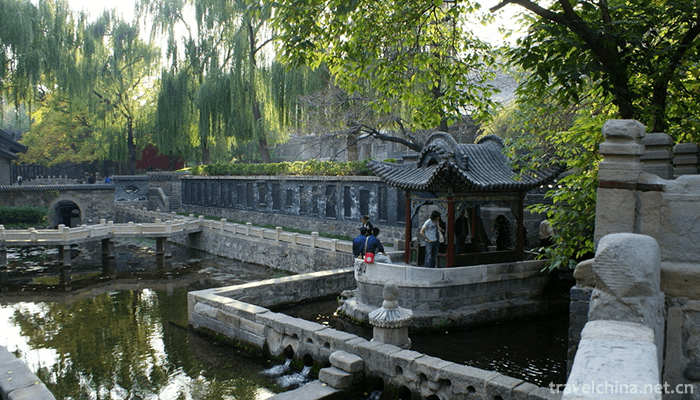
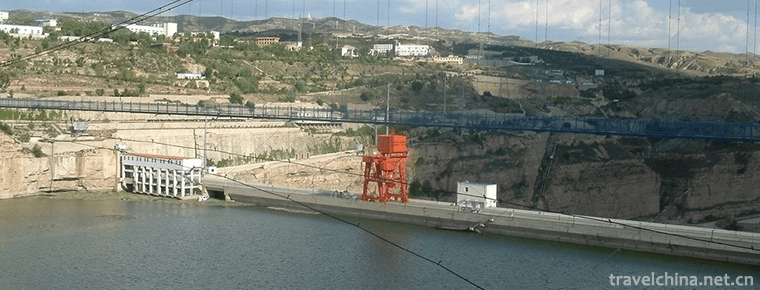
-
2.The Bund
The Bund, located on the Huangpu river bank in Huangpu District, Shanghai
Time 2018-10-12 -
3.Qu Fuming Gucheng
Qufuming Old Town: World Cultural Heritage, one of the three holy cities in the world, national AAAAA tourist attractions, National Scenic spots, national key cultural relics protection units, one of
Time 2018-12-08 -
4.Chaya Mountain Scenic SpotTime 2019-01-04
-
5.Niangziguan Scenic Area
Niangziguan is a famous pass of the Great Wall of China, known as the Ninth Pass of the Great Wall of China, and it is a must for military strategists of all dynasties.
Time 2019-02-07 -
6.Buyi Eight tone Sitting Singing
Buyi eight-tone sitting-singing, also known as "Buyi eight-tone", is a form of folk music and singing handed down from generation to generation by the Buyi people
Time 2019-04-04 -
7.Hequ folk songs
Hequ folk song is a kind of traditional folk music. Shanxi's human geographical environment has formed the "Xikou" mode of life and production in which local people return to Daqingshan and
Time 2019-05-03 -
8.Mazu memorial ceremony
Mazu Festival, which originated in Song Dynasty, experienced Yuan, Ming and Qing dynasties and continued to expand and enrich. By the Qing Dynasty, Mazu was named "Tianhou", and the title re
Time 2019-05-15 -
9.Qiyang Opera
Qi Opera is one of the traditional local dramas in Hunan Province. It is also called Qiyang Band, Qiyang Opera in the early years of the Republic of China, and Qiyang Qidong Opera in the folk
Time 2019-06-10 -
10.Sintering Techniques of Xingyao Ceramics
Xingyao firing technology is a local traditional handicraft in Hebei Province. Xing kiln is a famous northern kiln in China. As early as the Northern Dynasty, Xing kiln began firing celadon and a smal
Time 2019-07-08 -
11.Capital Institute of Physical Education
Capital Institute of Physical Education is a sports class in Beijing. Ordinary universities Located on Beijing City Haidian District, West Zhongguancun Science Park District, east of Yan Mu scenic are
Time 2019-11-24 -
12.Social undertakings in Mianyang
In 2018, Mianyang City applied for provincial science and technology projects and implemented 132 million yuan of free funds. There are 272 high-tech enterprises in the city, including 5 national engineering technology research centers and 19 provincial
Time 2020-12-14